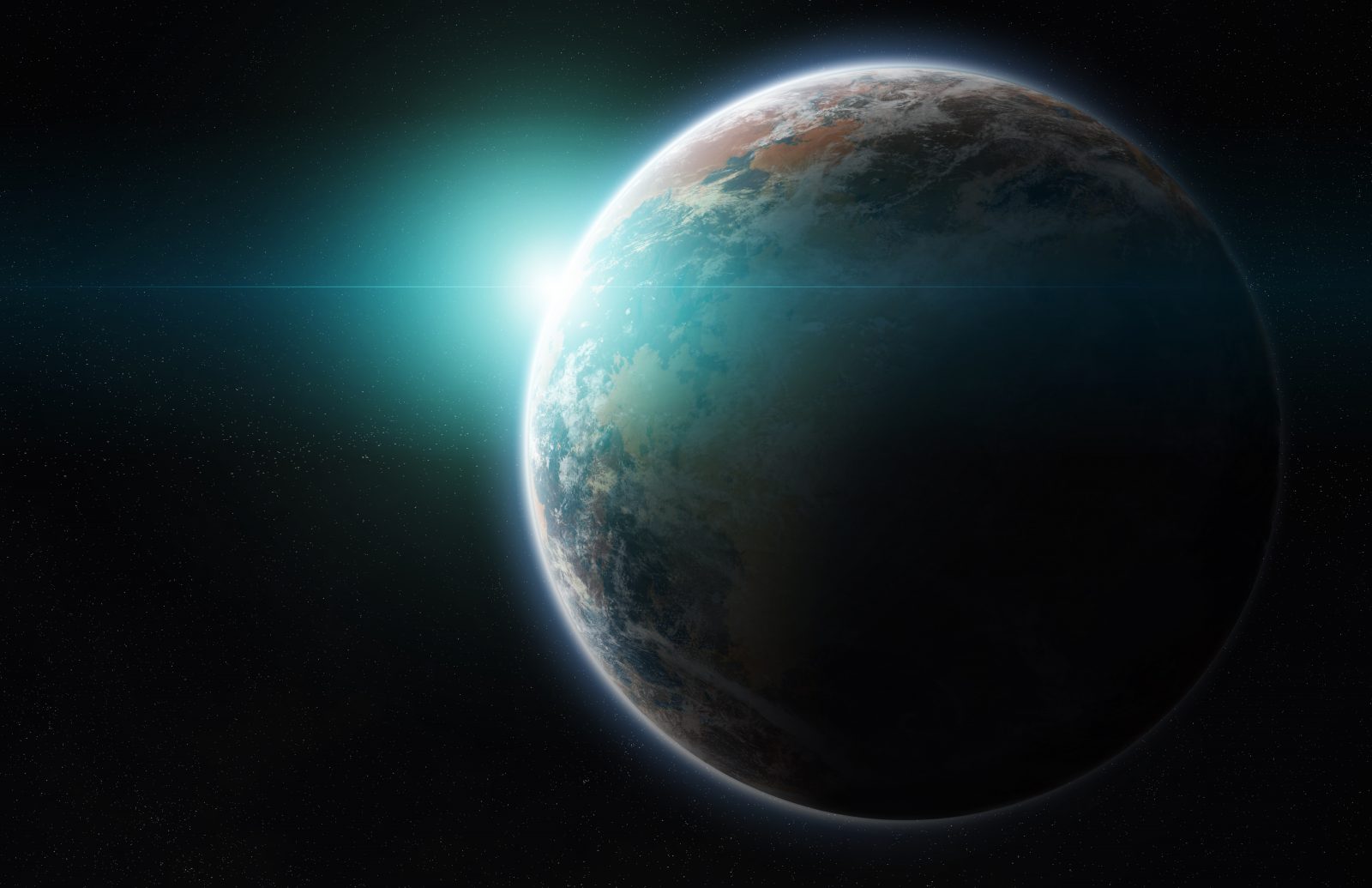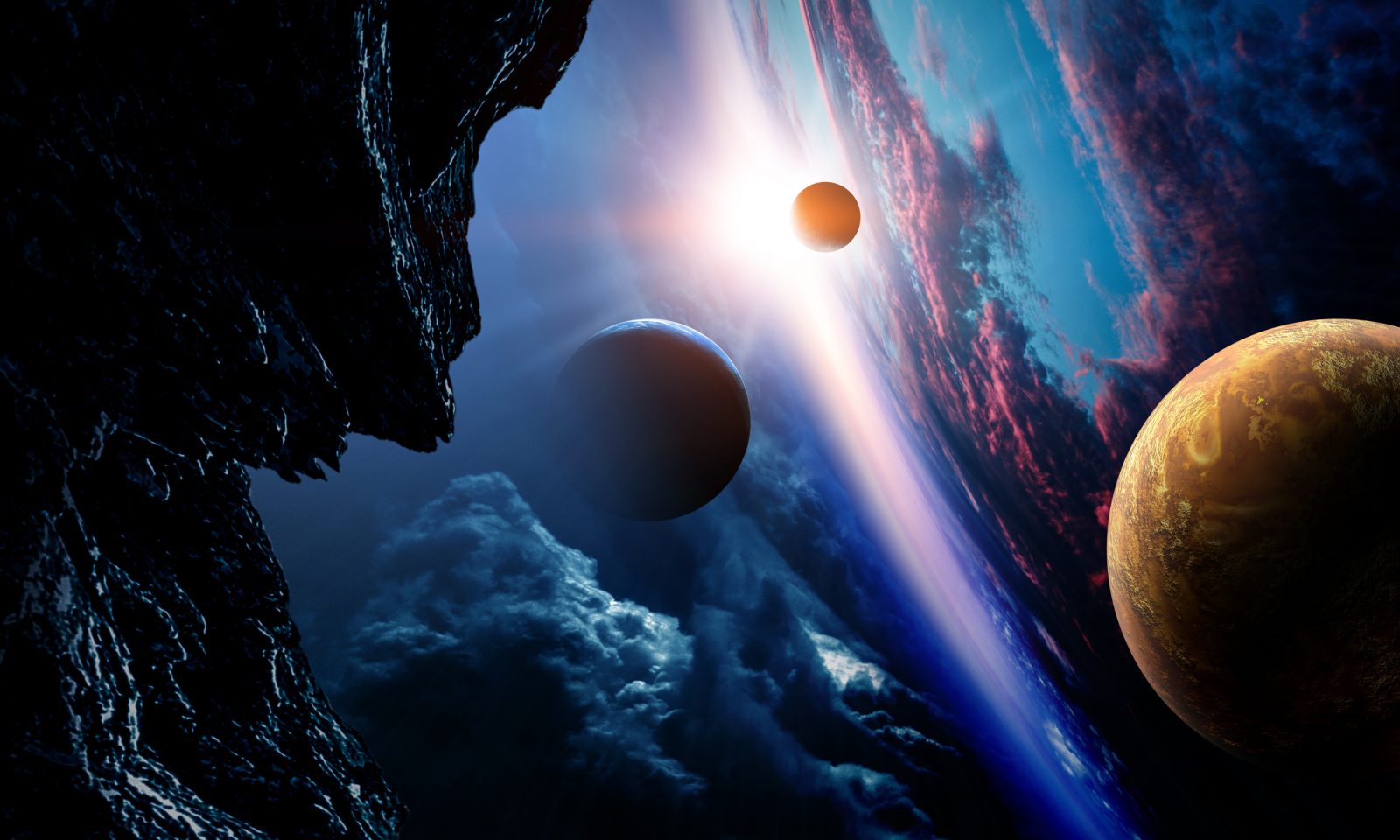
Our Finely Tuned Planet Suggests More than Dumb Luck
Today’s ID the Future spotlights Canceled Science: What Some Atheists Don’t Want You to See with a focus on the book’s look at our privileged planet Earth, and how its location in the galaxy and solar system, as well as various unusual features, makes it strikingly fit for life. Is it just “dumb luck,” as one scientist put it? Host Eric Anderson continues his multi-part conversation with the book’s author, Biola physics professor Eric Hedin, who suggests that “dumb luck” is more of a cop-out than an explanation, and that when one takes all the evidence together, a better explanation for our finely tuned place in the cosmos is a fine-tuner, a designing intelligence. It’s just a taste of the deeper yet extremely accessible dive Hedin makes in his new book, available at Amazon, Barnes & Noble and other online booksellers.


